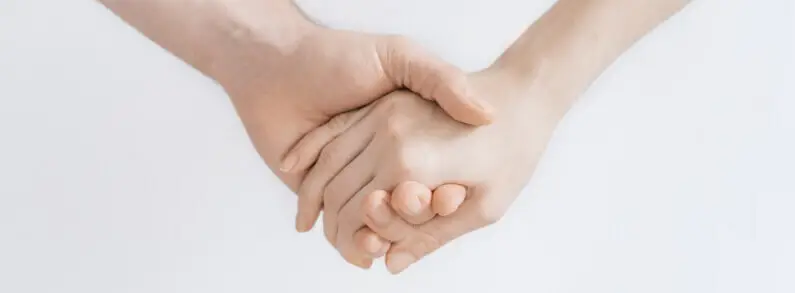Understanding Cremation
Cremation is quickly surpassing traditional burials as the preferred method of saying goodbye. Generally a more affordable option, cremation also provides more flexibility for creating a unique experience to honor your loved one, whether by scattering ashes somewhere special or keeping a part of them close by with cremation jewelry or an urn. We have answered some typical questions regarding cremation below, and are always here to assist you if you need more guidance.
Is Cremation new?
Cremation is not new. Records dating back more than 6,000 years indicate that people along the Greek Peninsula were the first to practice cremation. It was primarily done as a practical way to bring the bodies of fallen warriors home to honor them. Cremation is practiced worldwide and most prevalent in Asia and Europe. The first cremation in America was performed in 1876 in Pennsylvania. Today, approximately 32% of persons who die are cremated in the United States.
What is cremation and how is it performed?
Cremation takes place only after all legal authorizations are completed by the person( s) with legal authority, and identity of deceased person has been verified. Medical-mechanical devices, (pacemakers, prosthesis, radioactive implants, etc.) must be removed as they pose a serious hazard when subjected to intense heat or flame.
Cremation is the process of reducing the body to bone and skeletal fragments through the use of intense heat and flame. It is an irreversible process. Within the cremation chamber, organic tissues are vaporized and the skeletal framework is reduced to elemental substances in a fraction of the time required by natural bacterial decomposition.
To begin the process, the deceased person is placed into a combustible container, which is then placed in the cremation chamber by the technician. Open flames raise the temperature to 1600-2000 degrees Fahrenheit for two to three hours. To ensure thorough cremation, it may be necessary to reposition the deceased person.
After the cremation is complete and a subsequent cooling period, the cremated remains (skeletal framework) are removed from the chamber and placed in a receiving tray. They are then processed-reduced into a smaller consistency. Metal objects (hinges, screws, prostheses, etc.) are separated from the cremated remains and disposed of according to laws and company policy. The cremated remains are then placed into an urn or other suitable container. Cremated remains resemble coarse sand or fine pebbles, vary from light-to-dark gray in color and weigh four to eight pounds for the average person. Cremated remains are not ashes like ashes in a fireplace but bone and skeletal fragments and represent a human being. Please address any further questions regarding the cremation process to the funeral director.
Where is the actual cremation performed?
Cremation is a very personal service and selecting a funeral home that owns and operates its own crematory is recommended. Southern Utah Mortuary operates its own on-site crematory.
For these reasons Southern Utah Mortuary is first choice for cremation because:
- The deceased person always remains in the custody of your chosen funeral home, not transferred into a strangers hands.
- There are no unnecessary, additional transportation fees.
- Cremation can be scheduled at the convenience of the family.
- There are no hidden agendas and the family may witness the cremation or accompany the deceased person to the crematory.
- The family is guaranteed to receive the cremated remains of their loved one.
- Cremation is performed in strict accordance with professional standards and state laws.
What is done with the cremated remains?
During the arrangement conference, the family will choose a means of final disposition or is obligated to retrieve the cremated remains from the funeral home. The funeral home cannot hold or store the cremated remains. Disposition options include: Safekeeping by one or more family members; interment in a mausoleum/ columbarium crypt or niche; or burial in a grave or other special location of the familys choosing. Cremated remains can also be scattered in a scattering garden within a cemetery, at sea, or other location where permitted by law. Note: A decision to scatter should be chosen carefully as it is irreversible.

Plan Ahead
We understand that making the many decisions that come at a time of loss can be difficult. We’ll take the first step with you!

Grief Support
Learning about grief and mourning can help you survive and eventually heal.

Send Flowers
Express your condolences by sending flowers to the family.


